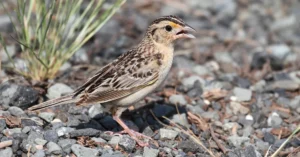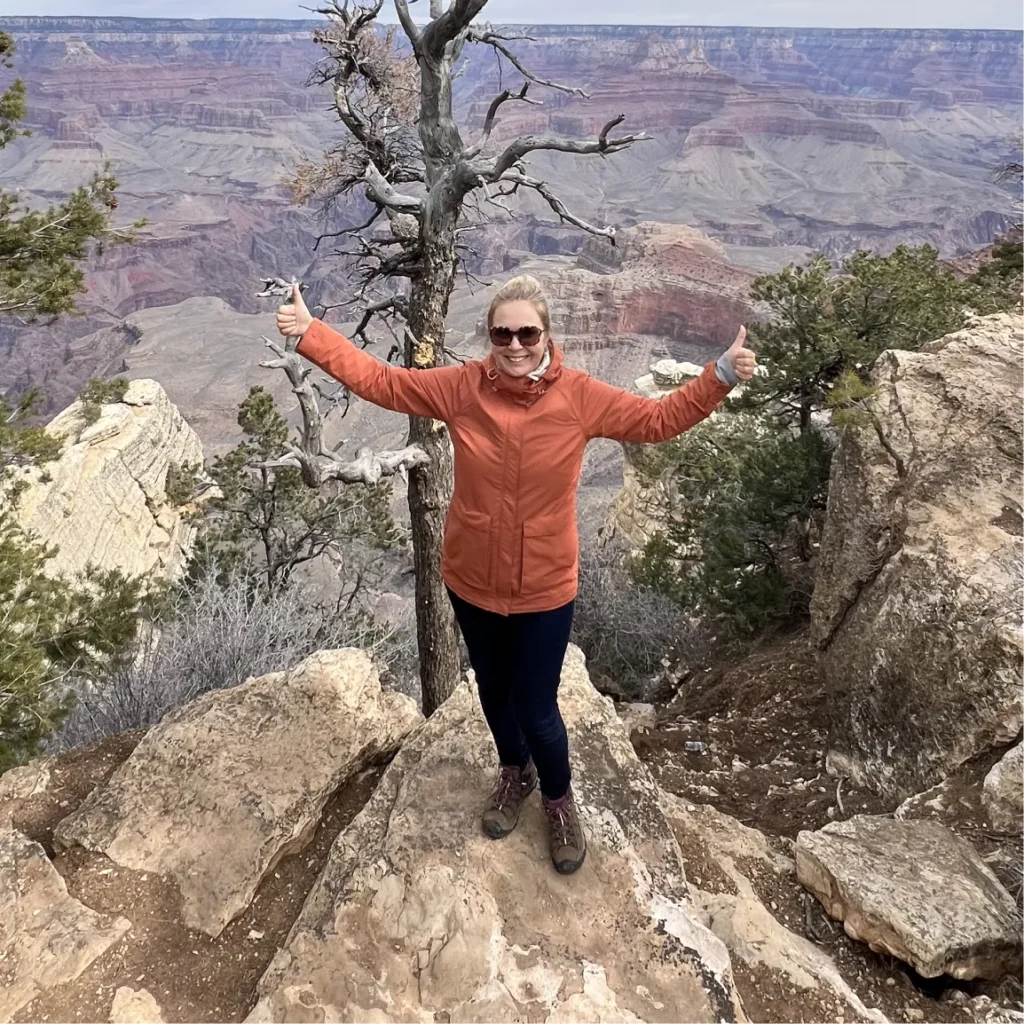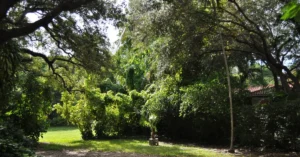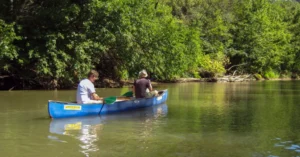Miami is a beautiful city known for its beaches, wetlands, and parks. But the city faces big challenges. Climate change, rising sea levels, and rapid development threaten its natural landscapes and wildlife.
Thankfully, many people and groups are working hard to protect Miami’s environment. They’re saving coral reefs, manatees, and sea turtles in the ocean.
They’re restoring wetlands and helping plant trees in the city. Volunteers clean beaches, and school groups plant gardens to help birds and bees.
Together, these efforts keep Miami beautiful and safe for all living things. In this article, we’ll highlight ongoing conservation projects in Miami.
You’ll learn about how people are saving the coral reefs, restoring wetlands, and creating green spaces in the city.
We’ll also show how you can join these efforts to help protect Miami’s nature. Let’s explore these inspiring ways to protect our paradise.
Marine Life Conservation
Miami is a vibrant hub for diverse marine life, including colorful fish, playful dolphins, gentle manatees, and vibrant coral reefs.
Here’s how different initiatives are helping protect these valuable marine species:
Coral Restoration Foundation

- Nurseries and Planting: Operates underwater farms, known as nurseries, where thousands of corals are grown each year. These are then planted on damaged reefs to help them recover and thrive.
- Education and Outreach: Conducts workshops and dives that educate the public and involve them in coral restoration, increasing awareness about the importance of reefs to marine ecosystems.
Save The Manatee Club

- Protection and Policy Advocacy: Works with policymakers to enforce boating speed regulations in areas frequented by manatees to reduce injuries from boats.
- Rescue and Rehabilitation: Collaborates with rescue centers to provide care for injured manatees, and once recovered, releases them back into their natural habitat.
- Public Education: Offers educational programs that teach locals and tourists about manatee conservation and how to observe these creatures responsibly.
Miami-Dade County Sea Turtle Conservation Program
- Beach Management: Implements measures to keep beaches dark during turtle nesting season to ensure hatchlings can safely make their way to the sea without confusion from artificial lighting.
- Nest Monitoring and Protection: Trains volunteers to monitor nests, protect hatchlings from predators, and collect data to aid conservation efforts.
- Community Engagement: Educates the community through school programs and public workshops about the importance of protecting sea turtles and how to help.
Biscayne Bay Restoration Initiative

- Replanting Projects: Focuses on replanting mangroves and restoring seagrass beds that are crucial for the marine food chain and act as natural water filters.
- Pollution Reduction Efforts: Works to reduce pollution inputs into marine environments, which are critical habitats for fish and other aquatic species.
Miami Wetlands Restoration
Miami’s wetlands are crucial for wildlife and help control floods. Here’s how restoration efforts are making a big difference:
Everglades Restoration
Comprehensive Everglades Restoration Plan (CERP)
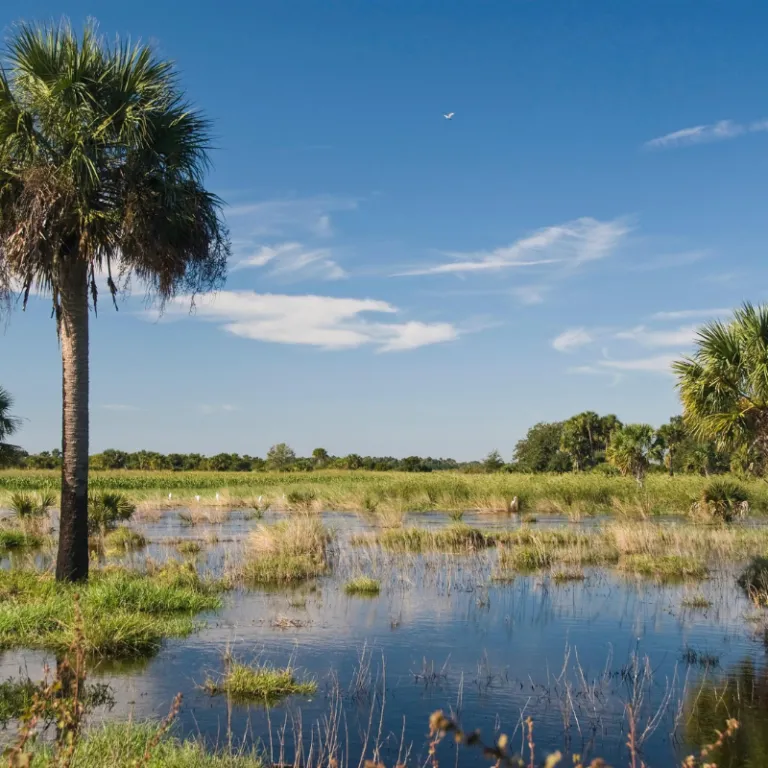
- Water Replenishment: Focuses on returning natural water flow to the wetlands, which is vital for plant and animal life.
- Improving Water Quality: Works to reduce pollutants entering the Everglades, ensuring cleaner habitats for native species.
- Habitat Creation: Builds new wetland areas to expand the habitat for endangered species like the Florida panther.
Biscayne Bay Health
Seagrass Restoration

- Planting Seagrass: Volunteers and scientists plant seagrass to help clean the water and provide homes for fish and crabs.
- Monitoring Health: Teams check the water to make sure it’s clean enough for seagrass to thrive.
Mangrove Protection

- Reforestation Projects: Planting new mangrove trees along shorelines to prevent erosion and protect against storms.
- Community Clean-ups: Organizes local efforts to keep the mangrove areas free from trash and pollution.
Urban Wetlands Projects
Local Park Wetlands
- Creating Wetlands in Parks: Some city parks are adding small wetlands to help with city drainage and give birds and frogs a place to live.
- Educational Signage: Parks include signs to teach visitors about the benefits of wetlands and how they support urban biodiversity.
Urban Green Space Projects
Miami is not just beaches and wetlands; it also values its urban green spaces. Here’s how the city is enhancing these areas:
Public Parks and Recreation

Expanding Park Areas
- New Parks: Miami is opening new parks to give more green space for families and wildlife.
- Park Improvements: Updating old parks with new plants, paths, and areas for people to enjoy.
Community Programs
- Fitness and Wellness: Parks host free yoga, fitness classes, and wellness workshops to bring the community together in nature.
Million Trees Miami Campaign

Tree Planting
- Goal: This campaign aims to plant a million trees to increase shade and improve air quality in Miami.
- Volunteer Planting Events: Organizes tree-planting days where people can help make the city greener.
Educational Outreach
- Teaching About Trees: Schools and community centers learn about the benefits of trees and how to care for them.
Green Building Initiatives

Sustainable Building Practices
- Green Roofs: Some buildings in Miami are adding gardens on their roofs to help manage rainwater and keep buildings cool.
- Energy Efficiency: Encourages buildings to use solar panels and other green technologies to reduce energy use.
Community Involvement
- Workshops: Offers workshops on sustainable living and how to make homes more environmentally friendly.
Community Involvement And Education
In Miami, community participation and education play crucial roles in sustaining environmental conservation efforts. Here’s a closer look at how individuals and groups are contributing:
Environmental Education Programs
Fairchild Tropical Botanic Garden

- Youth Education: Engages local schools in field trips that offer hands-on learning about botany and conservation. Students participate in planting activities and learn about ecosystem functions directly.
- Community Workshops: Hosts workshops for adults that cover topics like native plant identification, sustainable gardening practices, and the importance of biodiversity.
Miami Eco Adventures
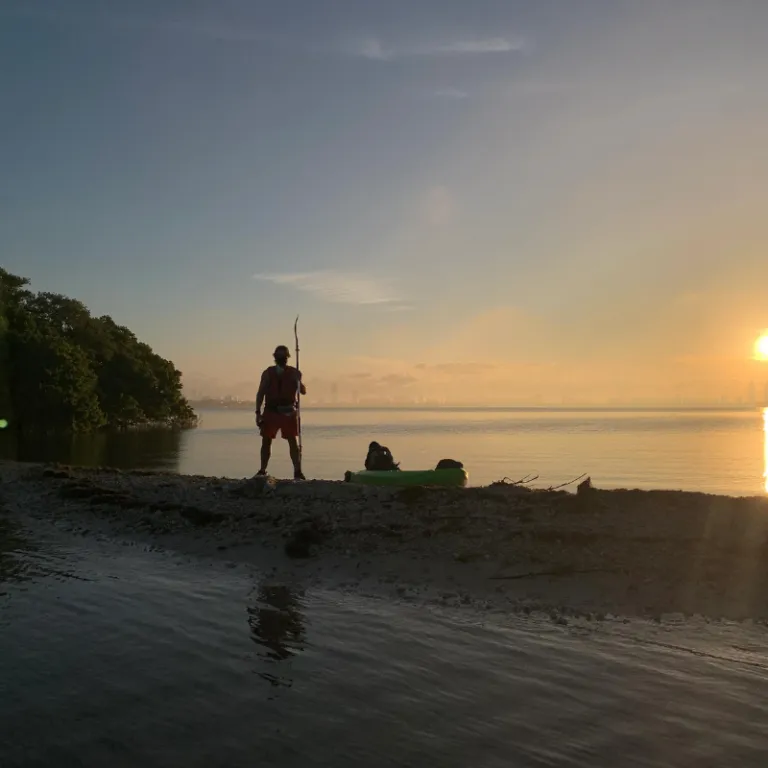
- Eco Tours: Offers educational programs through activities like kayaking and guided nature walks, where participants learn about mangrove ecosystems, coral reefs, and local wildlife.
- Specialty Workshops: Provides specialized workshops on topics such as bird watching, native wildlife habitats, and environmental photography to foster a deeper understanding and appreciation of local natural resources.
Volunteer Engagement
Miami-Dade Coastal Cleanup

- Beach and Marine Cleanups: Organizes regular clean-up events that not only keep the beaches and marine areas free of debris but also serve to educate volunteers about marine pollution and its impact on wildlife.
- Dive Against Debris: Special events where certified divers collect trash from underwater sites, helping to preserve the health of aquatic habitats.
Community Tree Planting

- Urban Greening Projects: Runs city-wide tree planting days that contribute to the greening of Miami while improving air quality and reducing urban heat. Residents are encouraged to participate and learn about the benefits of urban forestry.
Public Participation In Conservation Initiatives
Citizen Science Projects
- BioBlitz Events: Engages the community in biodiversity recording events where people of all ages help catalog as many species as possible within a specific area and time period.
- Water Monitoring: Volunteers are trained to test water quality in local rivers and streams, providing valuable data that helps track the health of aquatic ecosystems.
Conservation Awareness Workshops
- Home Sustainability Practices: Teaches residents how to implement sustainable practices at home, from water conservation to energy efficiency.
- Endangered Species Protection: Focuses on how individuals can contribute to protecting endangered local species through habitat preservation and supporting conservation policies.
Summing It Up
Miami’s conservation efforts are making a real difference. By restoring coral reefs, protecting wetlands, greening urban spaces, and educating the community, Miami is fighting to preserve its natural beauty. These projects not only protect the environment but also bring people together.
Every effort counts, from planting a tree to teaching a child about local wildlife. We all have a role to play in keeping Miami a paradise. Let’s stay involved and keep supporting these vital efforts. The future of Miami’s natural landscapes depends on us all.



